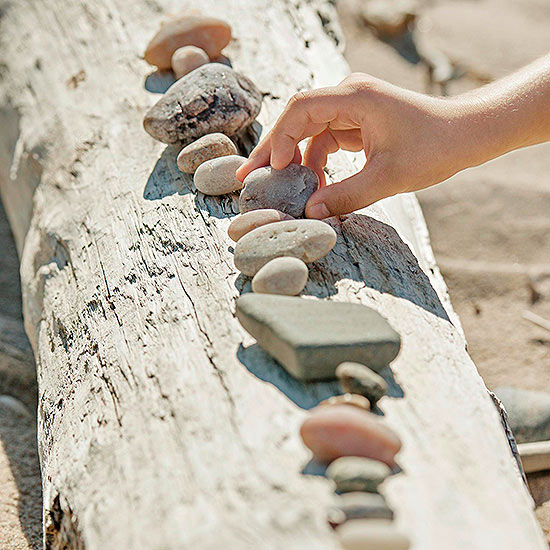🔥 Spring Festival holiday sales promotion up to 10% Discount
Teach science outside of the classroom with these fun games for kids that explore everything from physics. They’ll improve your child's observational skills while demonstrating key scientific principles.
When it comes to teaching kids about science, there's a whole lot to consider, from static electricity to aerodynamics. Luckily, you don't need a PhD to give your child a basic understanding of how the world works. These seven science games for kids inspire learning while providing hours of educational entertainment.
This clever science game teaches kids about static electricity. Start by rinsing and drying aluminum cans, marking a “start” and “finish” line, and giving each racer a balloon. The object of the game: Move your aluminum can to the finish line by using the electric charges on the balloon! Kids can make the charge by rubbing the balloon on different items (like hair or clothing), and holding it against the can.

Encourage your children to create a protective “case” for a hard-boiled egg. Once the egg is safely secured, they can drop it from varying heights, in the hopes that the case will prevent the egg from cracking. The player with the most indestructible contraption wins the game! Your kids will learn about force and momentum as they brainstorm ways to slow down the velocity, soften the landing, and relieve pressure on the egg.

Making paper airplanes is a classic childhood pastime. But did you know that these DIY flying objects can teach lessons on physics and aerodynamics? Indeed, paper airplanes are subject to gravity, lift, thrust, and drag—just like normal airplanes. Host a “paper airplane contest” to see which of your kids can create the most aerodynamic plane. They’ll quickly learn that the flaps and folds really do matter!

Put those observational skills to the test with this quirky game, which teaches geology and earth science. Start by laying out about a dozen rocks you’ve scavenged from your yard or a nearby park. One child can silently choose a rock, and the other players can ask “yes or no” questions to guess which rock it is. The questions must use observational skills or geological terms. For example, “Does it have smooth edges? Is it a sedimentary rock? Is it longer than 6 inches?” If you guess the correct rock, you win!

Our bodies don’t respond to a stimulus right away. You can demonstrate the delayed connection between brain and body with this simple reaction time test. Here’s how to do it: Grab a 30cm ruler. Person A holds out the ruler with their arm outstretched; the highest measurement should face the ceiling. Person B positions their hand near the bottom of the ruler. After Person A drops the ruler, Person B tries to grab it as quickly as possible. Make sure to record the measurements! Once everyone has three turns, find the average of each person’s scores. The player with the lowest measurement has the fastest reaction time.
